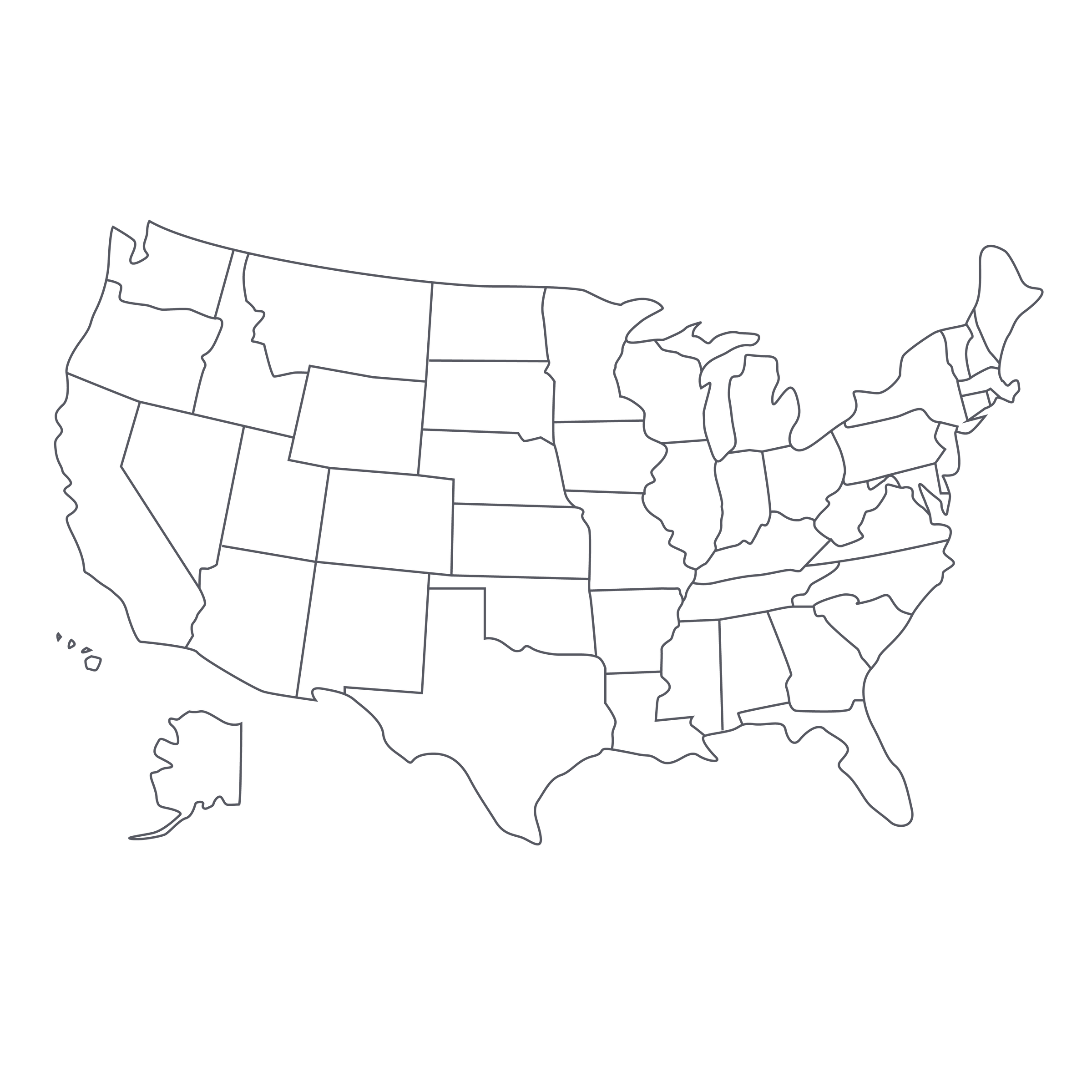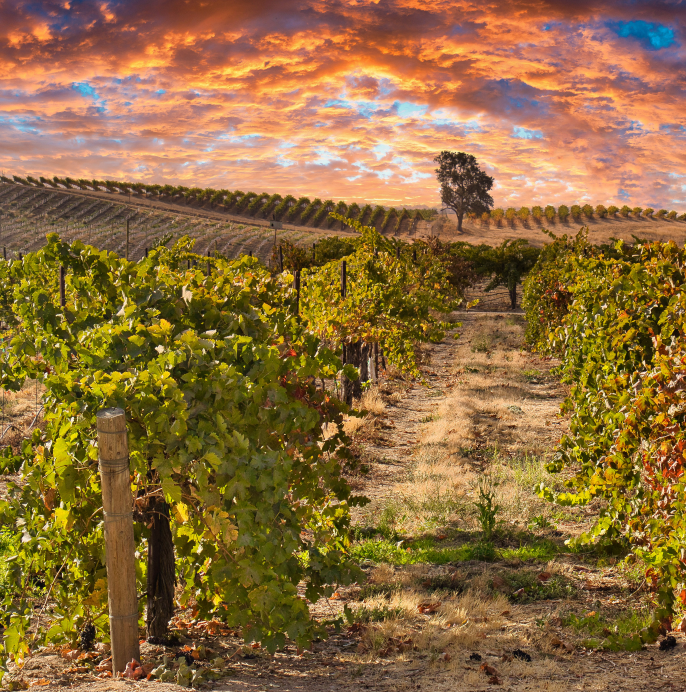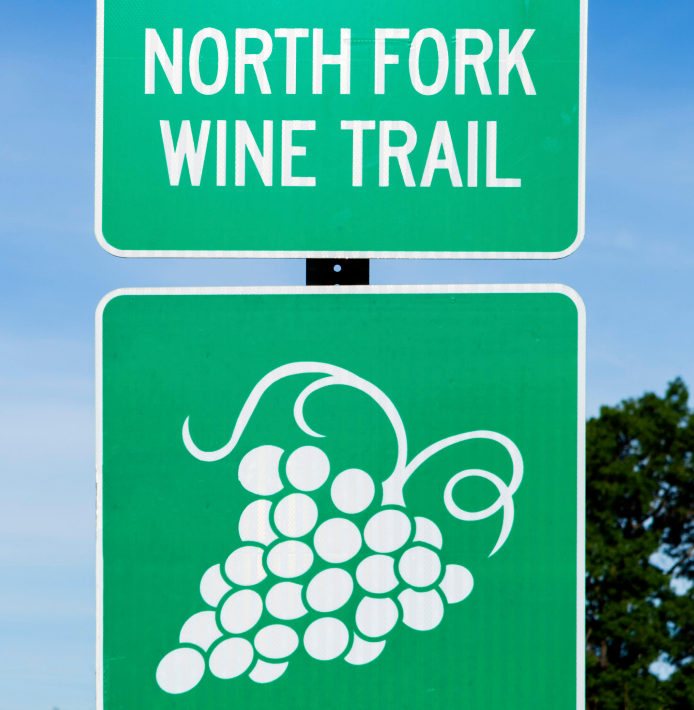When Philip Togni released his winery’s first Cabernet in 1983, he already had more than 20 California vintages under his belt. He first arrived in Napa in 1959, to help plant Mayacamas Vineyards on Mount Veeder, then made acclaimed wines at places like Chappellet and Chalone, among others. This is a man mentioned in the same breath as Andre Tchelistcheff and Robert Mondavi—a seminal figure in the ‘60s/’70s Napa Valley wine revolution—and yet his winery, perched at 2,000 feet on Spring Mountain, is all about small-scale simplicity.
There’s no Italianate mansion or wrought-iron gate, just 10 acres of hillside vines and a few cottage-style buildings where the Tognis live and work. Now 90 years old and still at it (with the able assistance of his winemaker daughter, Lisa), Togni and his wines are throwbacks to the lower-alcohol, lower-extract, 1976 Paris Tasting era of Napa Cabernet. The American palate hasn’t really stuck by him, often opting for a much bigger, richer, sweeter breed of wine, but he’s remained true to his elegant style. Togni’s 2014 Tanbark Hill Cabernet Sauvignon—the “second wine” of his small property—is a California Cabernet with a sense of proportion and place. There’s nothing trendy about it, which is precisely why we’re recommending it.
British-born and French-trained (by the legendary University of Bordeaux professor Emile Peynaud, no less), Togni worked in Bordeaux (for another legend, Alexis Lichine) before relocating to California in 1958. His experience in the Médoc, which included a stint at Château Lascombes in Margaux, continues to inform his winemaking decisions to this day. The Tognis have always strived for California Cabernets that channel the spirit of traditional ‘clarets’ from Bordeaux—balanced, aromatic, hard-backed wines with the capacity to age for decades.
Profiled in the
San Francisco Chronicle back in 2014, he described his wines as having “vinosity,” which is to say: If you’re looking for a chunky, lavishly oaked blockbuster, these wines aren’t for you.
Tanbark Hill is a younger-vine section of the Togni vineyards on Spring Mountain, and, unlike most “second” wines of Bordeaux, the Tanbark Hill bottling is actually a smaller production wine (about 400 cases total) in comparison to the “first,” or “estate,” wine (1,600 cases). Given the small dimensions and the longevity of the Togni estate, much of their production is sold via their mailing list. Needless to say, we’re excited to have a sizable parcel of Tanbark Hill ’14 to share with you.
In classic Bordeaux fashion, the Tognis describe their blends in terms of how the vineyards are planted, rather than producing a new “tech sheet” each vintage. Currently, the vineyard composition is 82% Cabernet Sauvignon, 15% Merlot, 2% Cabernet Franc and 1% Petit Verdot. The soils are a well-drained mix of sandy/clay loam on a volcanic base, and harvest typically occurs in mid-October. This wine spent 20 months aging in French oak barrels, 40% of which were new.
The 2014 is a deep ruby red in the glass, with garnet reflections at the rim, and the aromatics are high-toned and perfumed—there’s an appealing mix of cherry kirsch, black currant, black raspberry, cedar shavings, tobacco, violets, and a hint of tar. Medium-plus in body, with gripping tannins and bright acid, it is nevertheless plush and accessible in its youth: in so many instances, California Cabernets are driven by their extract (the dissolved solids that lend viscosity), to the point where that concentrated fruit component starts to mask the tannin/acid structure, like water breaching a dam. In this wine, the acidity and tannin are not only recognizable, they frame the fruit and keep sweetness in check. I think this wine is a great study in classical ‘structure,’ in that you can really feel the component parts of the wine joining together to create harmony. If you’re enjoying it now, decant it an hour before serving in large Bordeaux stems at about 65 degrees. If you’re planning on stashing it away, I’d say it’ll be peaking around its 10th birthday. As this wine is likely to put you in a Francophilic mood, here’s a recipe for
Bordelaise Sauce to showcase Tanbark Hill in old school Médoc style.






